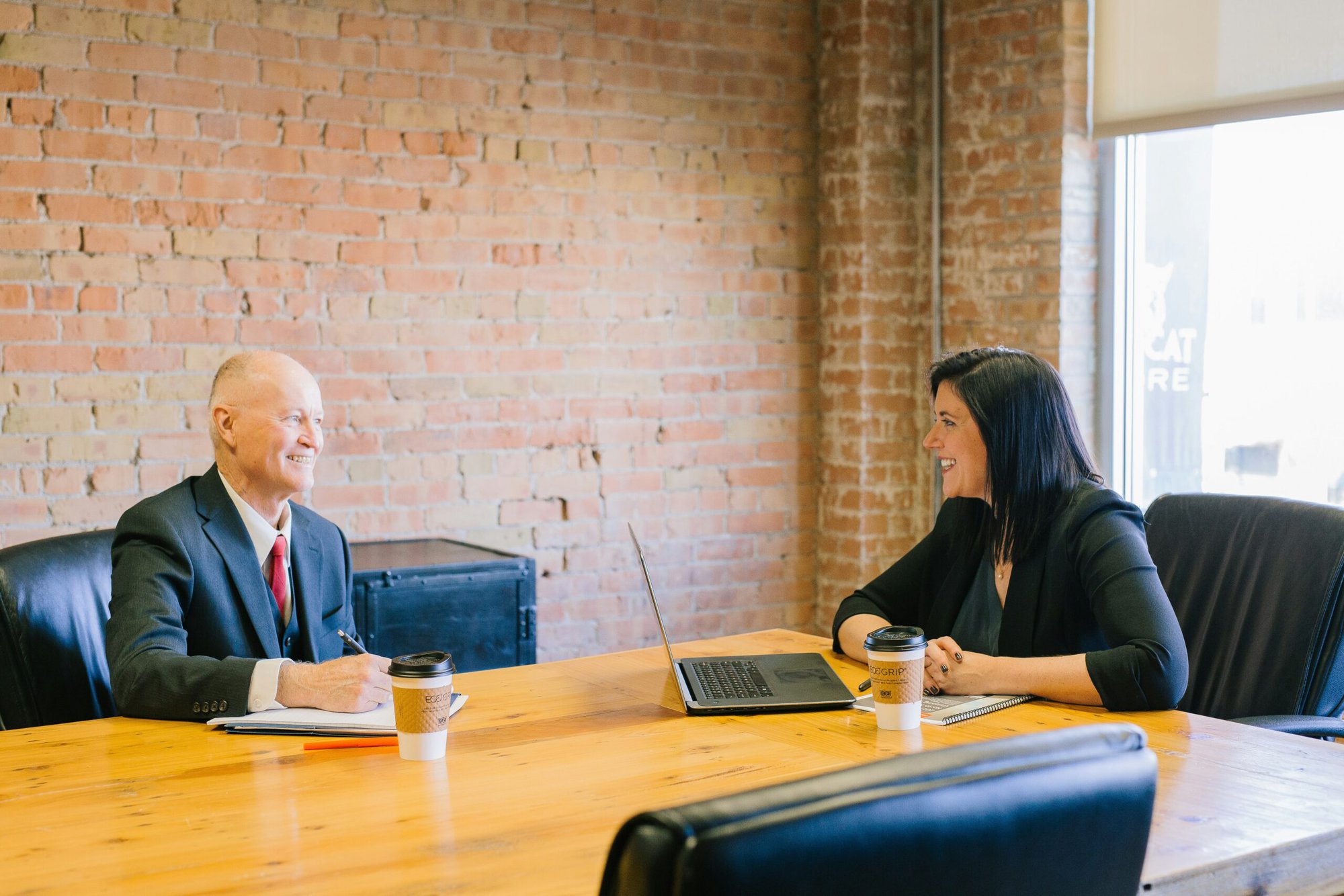Article menu
Older workers often feel overlooked or discriminated against because of their age. But hiring them can help combat skills shortages, increase productivity and promote diversity of thought. At a time when many charities are facing a shortage of quality applicants for their vacancies, older workers could be one solution.
But what does this discrimination look like? And what can you do about it? Here we examine the advantages of hiring older workers and how to help remove employment barriers for them.
Discrimination
When you hear the word ‘diversity,’ what immediately comes to mind? In CharityJob’s Diversity and Discrimination study, just 9% of respondents mentioned age. Yet when asked, ‘Have you ever felt discriminated against at work?’ more than one in three (38%) cited discrimination by age; by far the most. This occurs at both ends of the scale—41% of those over 40 and 31% of those under 30 felt that they had faced age discrimination.
But what makes them feel this way? Job adverts including phrases like ‘make them feel like they wouldn’t ‘fit’ with the recruiting organisation. Only using images of young people can also make older people feel their application wouldn’t be welcome.
Similarly, demanding a certain amount of experience can exclude younger people who have the skills to do the job. If you think doctors, police officers or referees are looking younger, this is the same issue. And if these details form criteria that are considered as part of the assessment of applicant fit, that could be age discrimination.
Age and employment
Today, there are 11 million workers in the UK aged 50 or older; a third of all UK workers and four million more than 20 years ago. However, increases in the rate of older workers in employment stalled during the pandemic and the employment rate is still below the pre-pandemic peak.
Many of those who left the labour market in their 50s and 60s would like to return, but struggle to do so for many reasons. These include a lack of flexibility in the workplace, age bias and discrimination in recruitment processes, caring responsibilities and health issues.
The benefits of hiring older workers
Various research has shown that hiring managers and companies often hold outdated views about older workers, with two thirds of companies mistakenly considering older age a competitive disadvantage rather than an advantage. However, research has shown that older workers are just as productive as those of other ages, and the OECD found that companies with greater age diversity are more productive and have lower turnover rates.
And there is much to be gained by employing more experienced heads. Afterall, knowledge and expertise keep increasing with age, and drive and curiosity don’t diminish. Older workers may add cognitive diversity, bringing a greater range of experiences and expertise. City and Guilds is among the organisations that have highlighted the benefits that older workers can bring.
Given hiring challenges in the charity sector, with research suggesting that 40% of charities struggle with recruitment and 57% of vacancies are ‘hard to fill’, older workers could help charities fill important skills gaps.

What you can do
There are some steps you can take to reduce the challenges and potential barriers that older people might face in getting jobs at charities.
1. Remove bias from adverts
The Centre for Ageing Better offers advice on how to make job ads inclusive. You can track progress on the age diversity of candidates you attract or hire using CharityJob’s Equal Opportunities reporting tool.
2. Make a pledge towards being an age-friendly employer
Show that you recognise the value and importance of older workers and are committed to supporting them by signing up to the Centre for Ageing Better’s age-friendly employer pledge.
3. Offer freelance or contract work
Charities should consider opening themselves up to the possibility of freelance and contract work. Doing so would allow access to a wider talent pool, given how well-suited older freelancers are to project work, especially when coupled with flexible working.
4. Offer flexible working – in more ways than one
Flexibility is key to allowing older workers stay in work for longer. It can help them balance work with challenges like health, caring responsibilities, or needing a better work-life balance later in life.
Older workers who were working entirely remotely said that they were planning to retire later than those not working remotely. This shows flexibility could be a really important factor in granting them access to jobs, and charities access to the people they need.
5. Offer part-time working/job sharing by default
Whenever possible, charities should consider advertising roles as part-time or a job share, as well as full-time. This can be appealing to older workers seeking a gradual transition to retirement, or balancing work with other commitments and responsibilities.
6. Provide mid-life support to employees
By supporting your older workers, you’ll be more likely to retain them. Consider offering your employees a mid-life MOT, with support and advice on things like career, health and retirement planning. This can be offered either through internal support or commissioned services. Support offered should be tailored to your employees’ unique needs.
Age matters
The UK’s population is ageing rapidly, with nearly 2 in 5 people aged 50 or over. By making it easier for people of all ages and abilities to use and engage with a business, more people are able to stay in work, contribute to their communities for longer, and spend their money locally. In turn, this can support local economies, reduce social isolation, improve mental and physical health, and increase wellbeing.
Charities and businesses that are able to understand and adapt to this demographic shift will be better positioned to succeed.
Check our fairer recruitment blogs for more hiring tips.
We’re here to support you in reaching the right audience and discovering the perfect candidate. Begin your recruitment journey by posting a job on CharityJob.
Tags: attracting the right candidates, charity recruitment, diversity, diversity and inclusion, diversity in recruitment, equality diversity and inclusion





